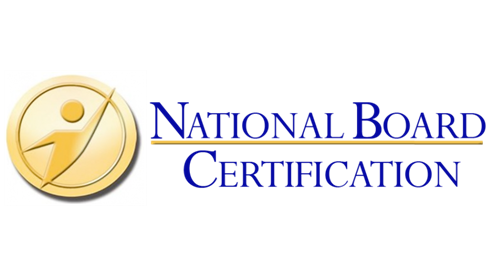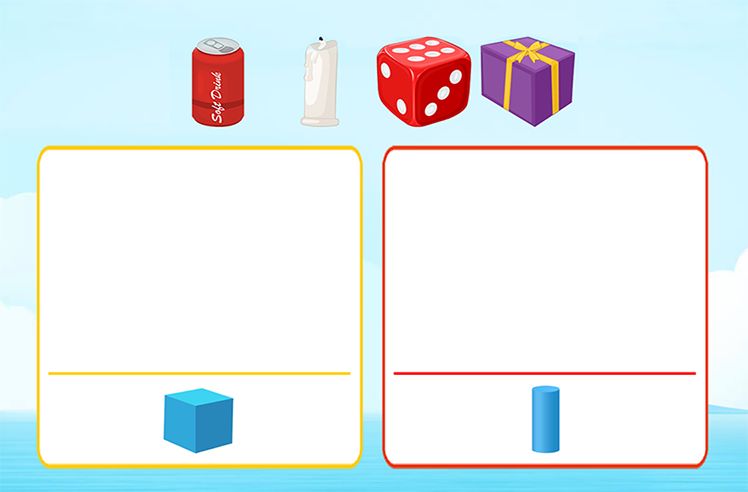
Brain Breaker is an early Metroidvania game and a side-scrolling, action-adventure platformer. It was released in 1985 for the Sharp X1. The player must line up 15 blocks to solve a puzzle. This game is great for students as it keeps them on task and focused.
Brain breaker is based on the code-breaking game Brain Breaker
Brain Breaker is a video game based on the popular code-breaking game, Mastermind. It challenges players to decipher a code created randomly. It is designed to improve cognitive thinking skills and problem solving skills in students. It promotes physical activity as well as social interaction. Players are given eight guesses to solve the code. If their guesses match the code, they'll be awarded gold balls. If they don't, they will get silver balls.
This code-breaking game can be played between two people and has a variable difficulty level. While beginners may have an easier time guessing the codes, experienced code-breakers may face repeated colors and holes left empty. This is a true brain teaser!

This puzzle requires students put together a series of 15 blocks.
The Fifteen Puzzle became popular in Europe in the 1880s. There are over 20 million possible combinations of the blocks. One blank block is not included. American mathematicians found that half of the initial arrangements could be solved. The following mathematical analysis was used: Any number must pass through an equal number of boxes.
It is a physical and mental brain break
There are many benefits to taking a brain break. It helps your child get out of their chair and gets blood flowing. It also allows you to regain control over your child's mind and makes it easier for them to concentrate. You can have fun with physical breaks. They're just as effective and enjoyable as meditative. Here are four types of brain breaks you could offer to your child.
Take a walk or stretch. Both of these activities will improve brain activity. Exercising can improve concentration and attention. It is also proven that students can remember vocabulary words faster by exercising. Exercise reduces stress, which makes it easier to focus on other tasks.
It helps students remain focused
Brain breakers are a great way to encourage students to stay focused. Brain breaks allow students to learn how they can control their emotions and recognize when things are getting difficult. For students who find it difficult to finish their homework, they can take a short break and then resume the task. Brain breaks are a great way to boost self-esteem, confidence, and self-confidence. They can also help students realize that they can overcome challenges in homework. This will help them remain motivated to complete the assignment.

Brain breaks are a great way to help students improve their creativity and social skills. To help with concentration, students may sing or dance. Students who are shy can take a break from their studies to be more outgoing and open-minded. Students will be better prepared for class discussions if they have a break from studying. You will find that they are more open to answering your questions.
FAQ
How can I get scholarships?
Scholarships can be granted to help cover college expenses. There are many types of scholarships available. These scholarships include:
-
Federal Grants
-
State Grants
-
Student Loans
-
Work Study Programs
-
Financial Aid
Federal grants are direct from the U.S. government. Federal grants usually require applicants to meet specific requirements. For example, you must demonstrate financial need.
State grants can be offered by the individual states. Some states offer these funds based on financial need; others award money for specific reasons.
Banks and other lending institutions issue student loans. Students usually borrow money to cover tuition and living costs.
Work-study programs encourage employers to hire qualified student workers. Employers are required to pay employees at least minimum wage.
Financial aid allows low-income families to afford college by paying for all or part of their tuition costs.
What are the types of early child education?
There are many ways to explain early childhood education. Here are some of the most commonly used ones:
-
Preschool - Children ages 2 to 5
-
PreKindergarten for children aged 4-6
-
Head Start/Headstart - Children from 0-3 Years
-
Day Care/ Daycares - Children ages 0 to 5
-
Child Care Centers – Children aged 0-18
-
Family Child Care - Children ages 0 to 12
-
Homeschooling for children ages KG-16
How long does it take for an early childhood teacher to become certified?
The four-year process to earn a bachelor's level in early child education takes. The majority of universities require that you take two years to complete general education courses.
After your undergraduate studies are completed, you will typically enroll in graduate school. This step allows students to focus on a particular area.
For example, you could choose to focus on child psychology or learning disabilities. You must apply for a teacher preparation program after you have completed your master's degree.
The process could take several years. This period will be filled with learning opportunities and collaborations with educators.
Finally, you will need to pass state exams before you can officially begin working as a teacher.
This process is lengthy and you will not be able instantly to enter the workforce.
Is it hard to be a teacher?
Becoming a teacher requires a major commitment. Your studies will require a lot of your time.
While completing your degree, you can expect to work approximately 40 hours per week.
A job that is flexible with your schedule is another important consideration. Many students report difficulty finding part-time jobs that work around their school schedules.
After you have been offered a permanent position, you will be expected to teach classes throughout the day. You may also need to travel between schools each week.
What is homeschooling exactly?
Homeschooling is an educational method where children are educated at home by their parents. This is also called private education, self-education or homeschooling.
If you want your children to learn at home, then homeschooling can be a great option. This allows them to get a quality education in the comfort of their own homes.
The parents educate their children from birth to high school. They choose the subjects they wish to study, and how long each subject should be studied. The student learns everything in their own time.
The parents decide when to teach their children. Many schools recommend that children enroll in classes between the ages four and twelve. However, some families wait to teach their children until they are old enough to do so.
Any number of resources can be used by parents to guide them through the curriculum. Videos, books, websites, magazines, and even magazines can provide valuable lessons.
Many families find homeschooling works well for their busy schedules. Homeschooling allows parents to spend more time with their children, than traditional public schools.
Is there a specific skill required for my chosen profession?
Writing skills are essential for lawyers. Nursing requires you to communicate well. If you want to become an accountant, you'll need excellent math skills. These are just a few of the many examples. Take a look at all the things that you love doing. What type of job can you do to keep doing what you love? If you want to be an engineer, you'll need to learn how to design structures and machines. Basic math is essential to be successful in this field. Understanding statistics and numbers is essential to success in business. Good communication skills are essential if you wish to become a teacher. You will need to have the ability to help others learn and to teach them.
What is the difference of a college and university?
A university can be described as an academic institution that offers higher education. It offers postgraduate and undergraduate courses in a variety of fields.
A college is often smaller and less famous than a university. While it might offer fewer courses than a university, it often has its own specialist department.
Statistics
- They are also 25% more likely to graduate from high school and have higher math and reading scores, with fewer behavioral problems,” according to research at the University of Tennessee. (habitatbroward.org)
- They are more likely to graduate high school (25%) and finish college (116%). (habitatbroward.org)
- Data from the Department of Education reveal that, among 2008 college graduates, 92.8 percent of humanities majors have voted at least once since finishing school. (bostonreview.net)
- These institutions can vary according to different contexts.[83] (en.wikipedia.org)
- Among STEM majors, that number is 83.5 percent. (bostonreview.net)
External Links
How To
How do I apply for scholarships?
Apply for scholarship funding first. It is possible to receive scholarships if you meet certain requirements.
If you are economically poor, you might be eligible to receive a grant. If you are enrolled in vocational training courses, you may be eligible for a work-study grant. A grant is also available if your group includes a minority.
Once you have decided if you are eligible, you can begin applying.
You can apply online or in person. The type of scholarship will determine the application process.
Some scholarships require you to submit essays about yourself and why you want the money. Others ask questions like, "Why did you choose this major?"
Most scholarships require applicants to complete an application form and to send supporting documents.
Your scholarship provider will evaluate the information you supply. If you have been selected, you will be notified either by email or mail.
You might be eligible for another scholarship even though you are not chosen. Contact your scholarship provider for details.